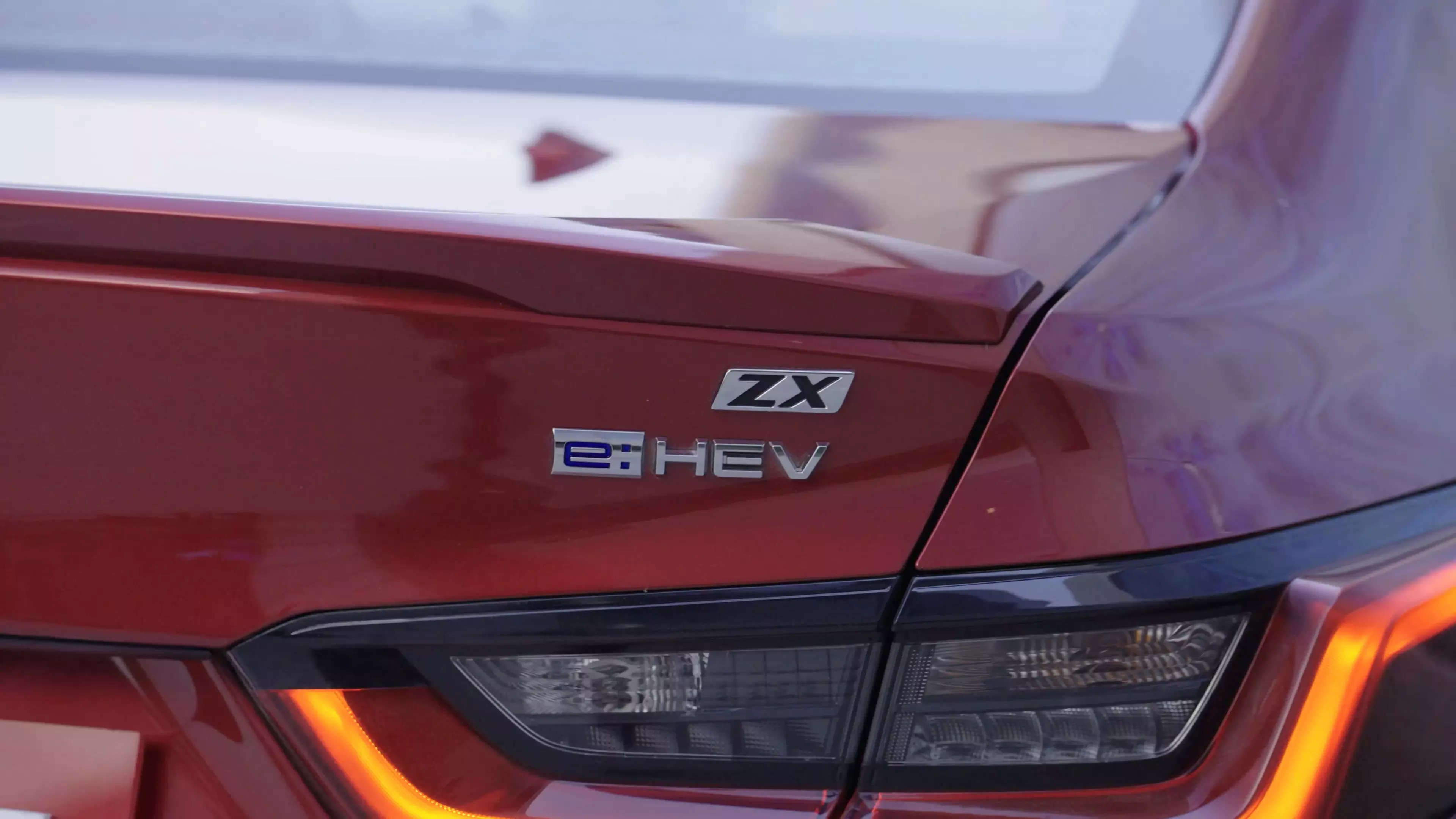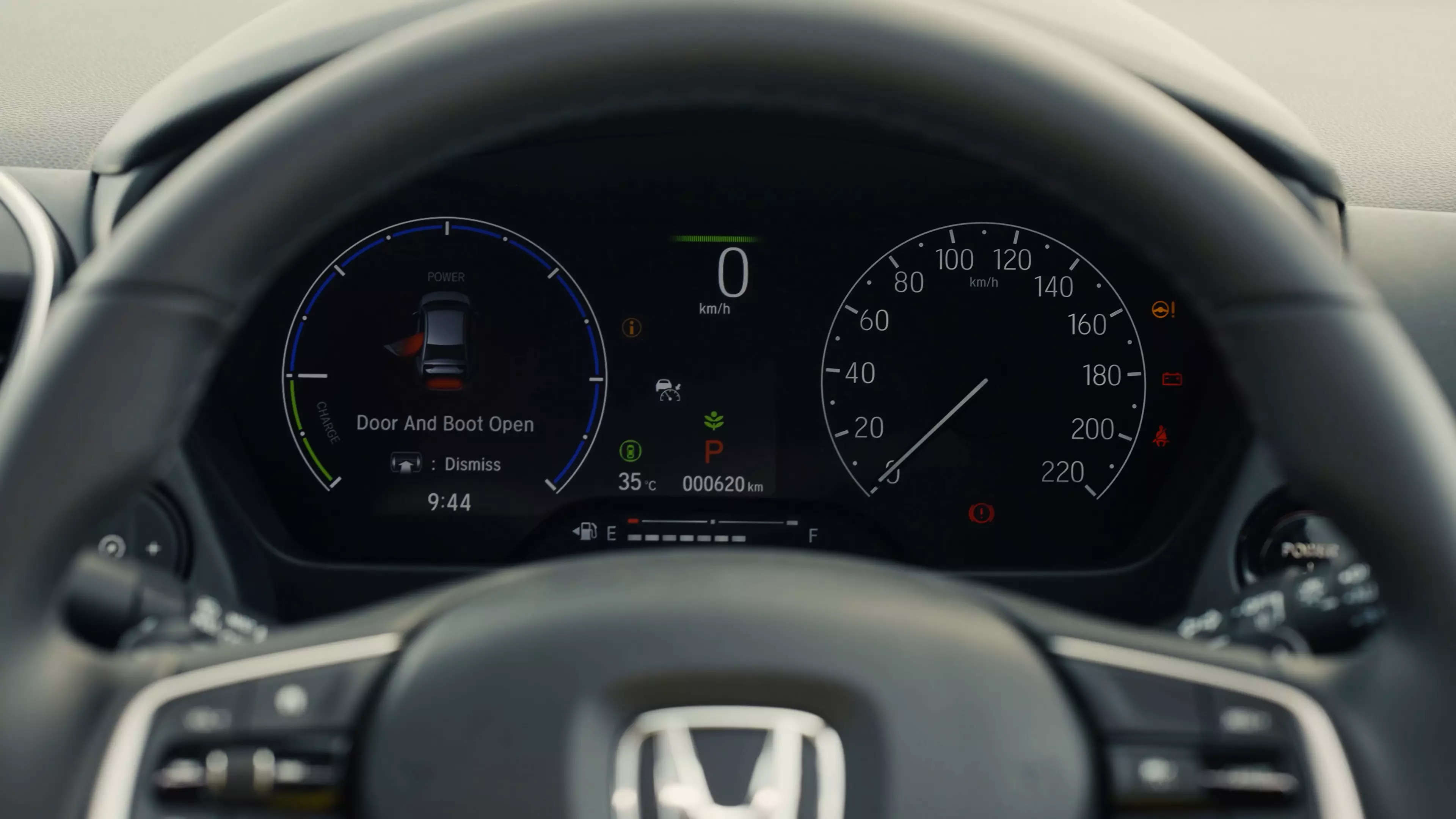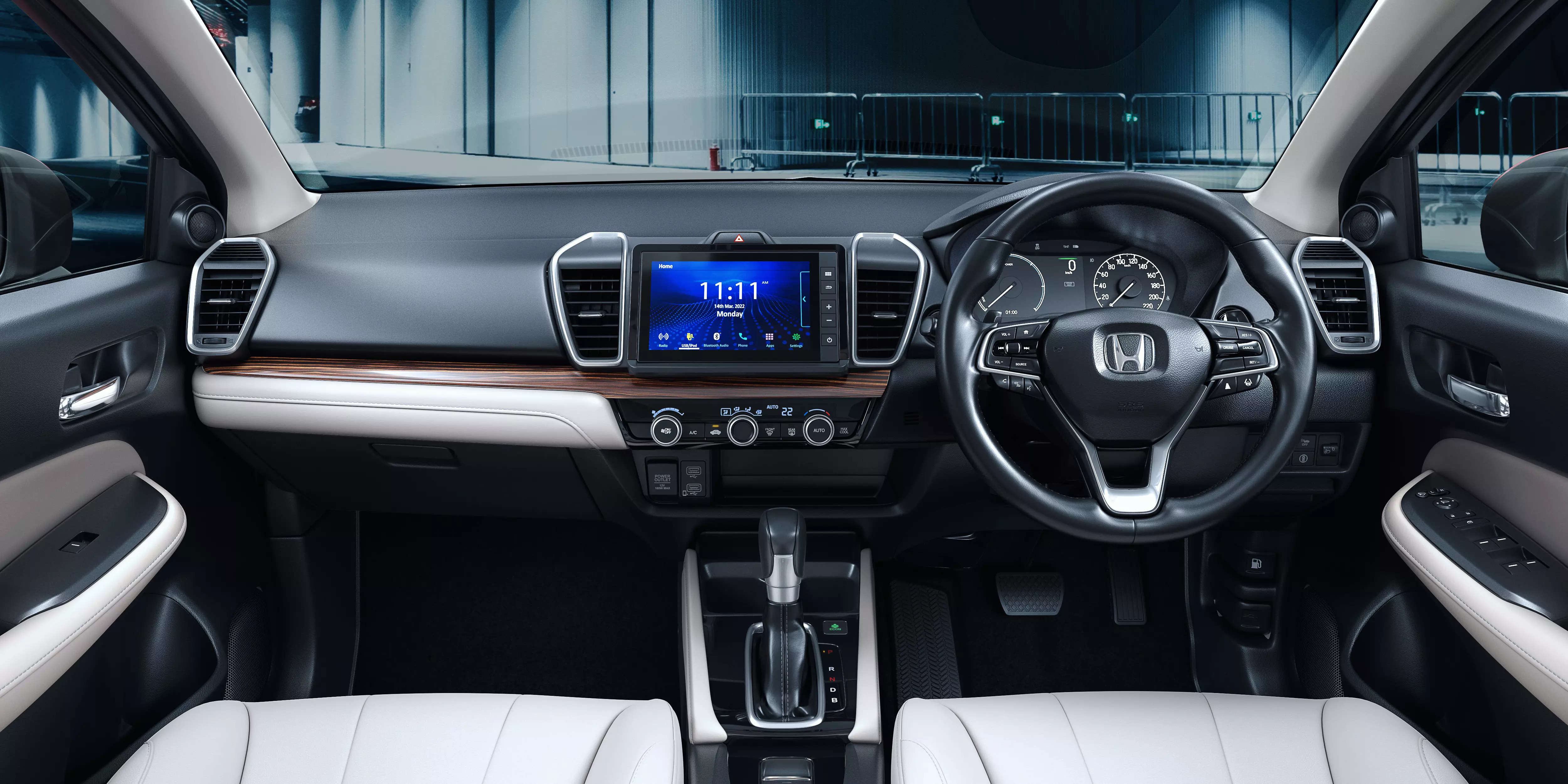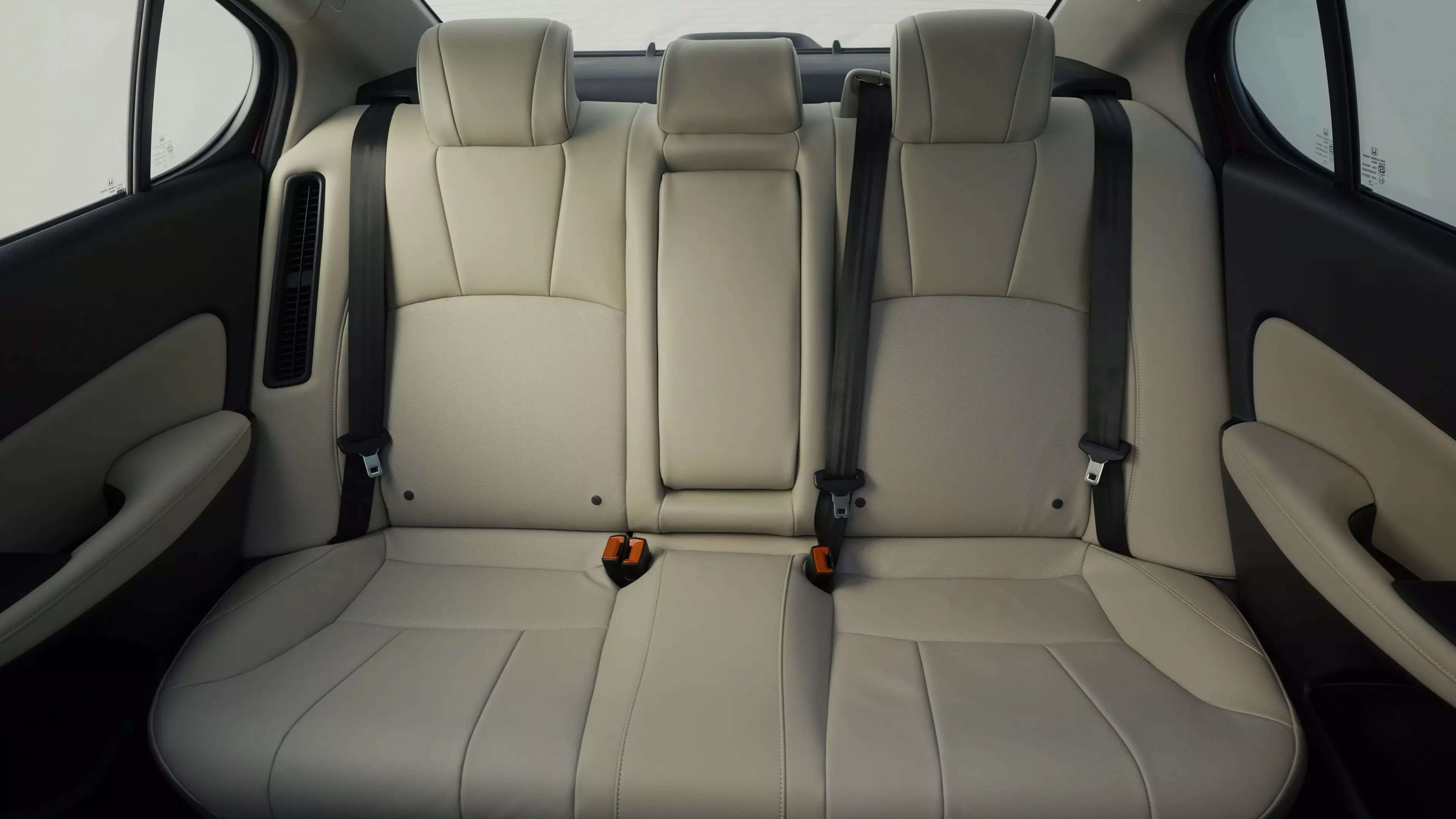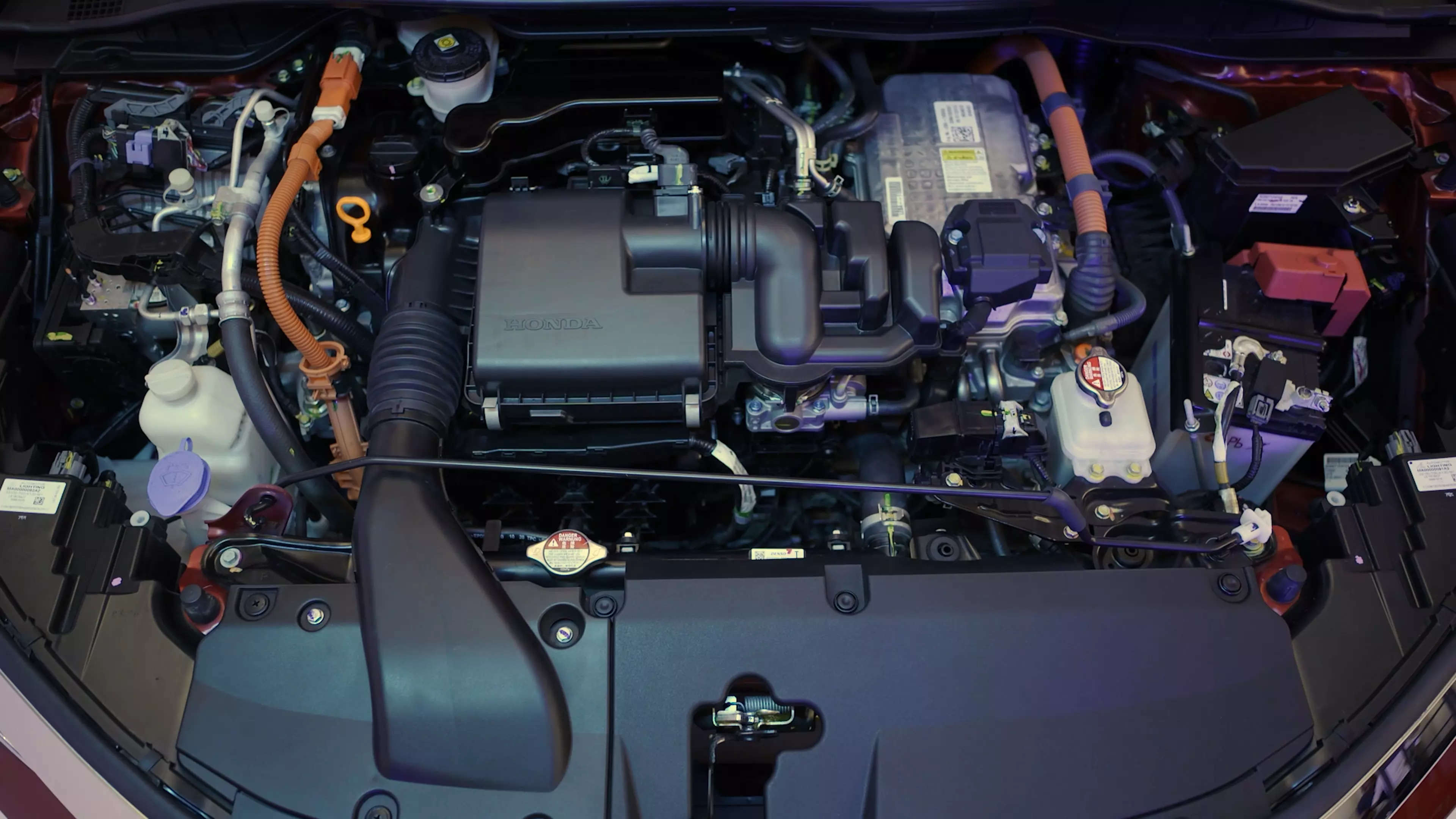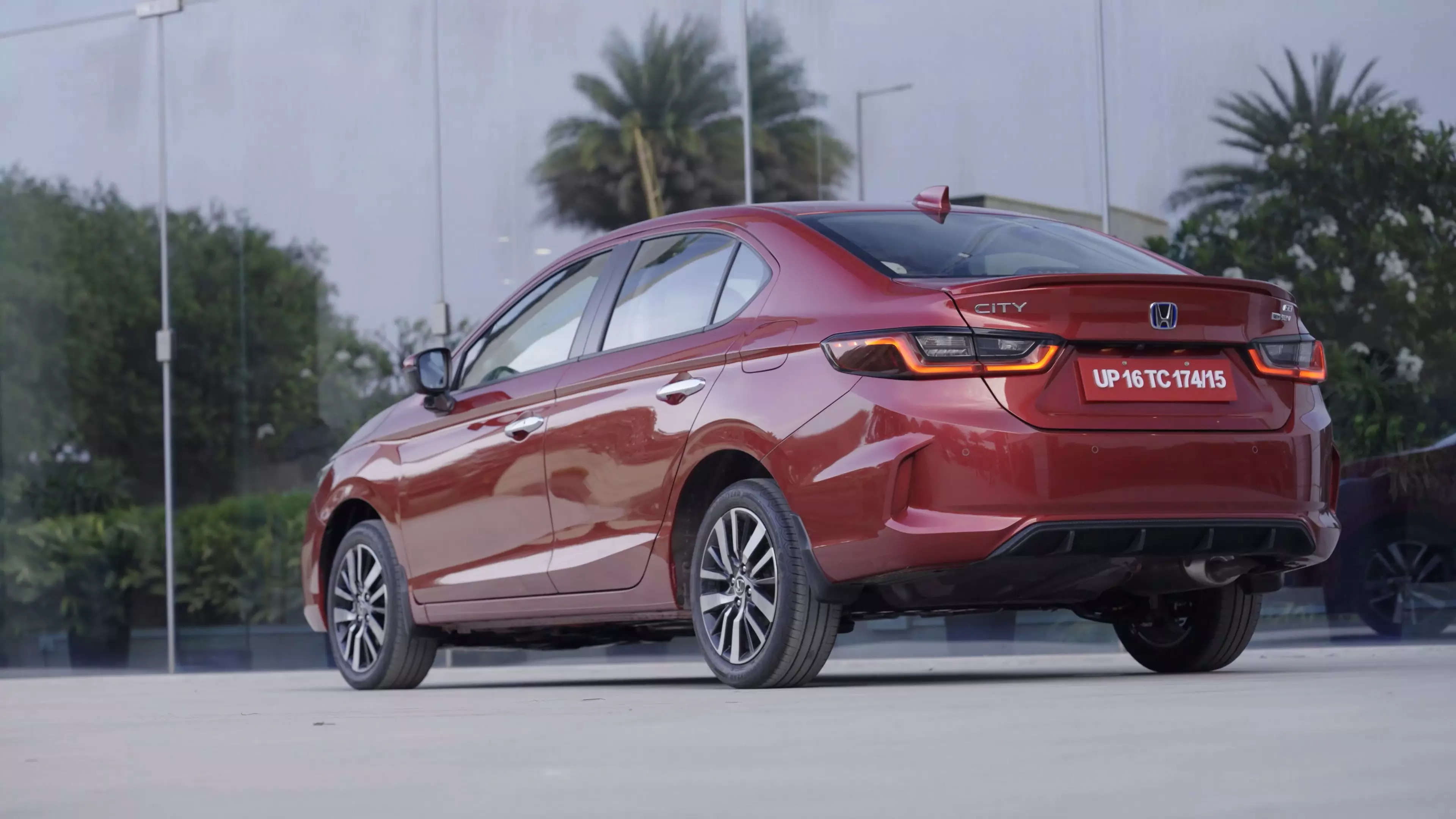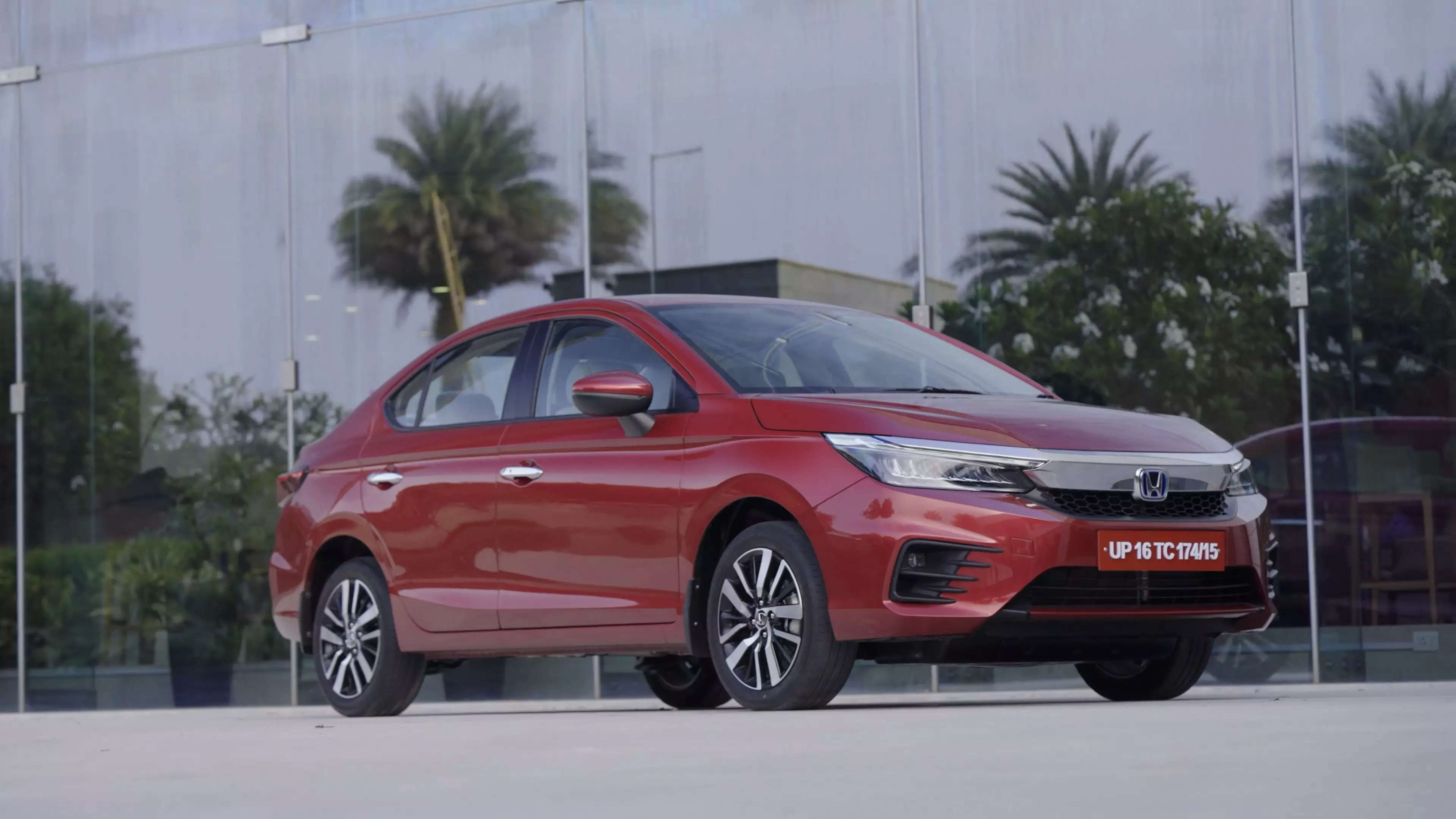
It is fashionable to go green these days and as one of the more visible symbols of pollution, the automobile industry wants to clean up its act. Unlike a decade ago, consumers are willing to play ball as well. So if you are one of those self righteous tree huggers or simply want some brag value, the newly launched Honda City hybrid may just be the car for you. It is not as clean a pure electric vehicle that has no tailpipe emissions and hence zero carbon footprint but it is more fuel efficient and far less cruel to the planet. At the same time, without the range anxiety bit it is for now, a bit more practical than a pure electric car.
But there is more to a car than just that. Is it comfortable and spacious enough? Does it ride well? Is it properly loaded in terms of features? Is the hybrid system really revolutionary? And most of all, is it worth the price? We took a quick spin in the car recently and this is what we make of it.
Same same but different
If one were to look at the car from a distance, you cannot make out whether it is the regular or the hybrid version. Honda has made some changes to enhance the visual appeal of the hybrid but they are subtle at best. The Honda logo gets a blue tinge–similar to the Toyota hybrids, new claw type fog lamp garnish, which you might easily miss and on the rear, a trunk lip spoiler and bumper diffuser with carbon finish, which you may not (miss). It also gets black painted diamond cut alloy wheels and a new Honda solid wing face which is indeed different but it may not initially register with you.
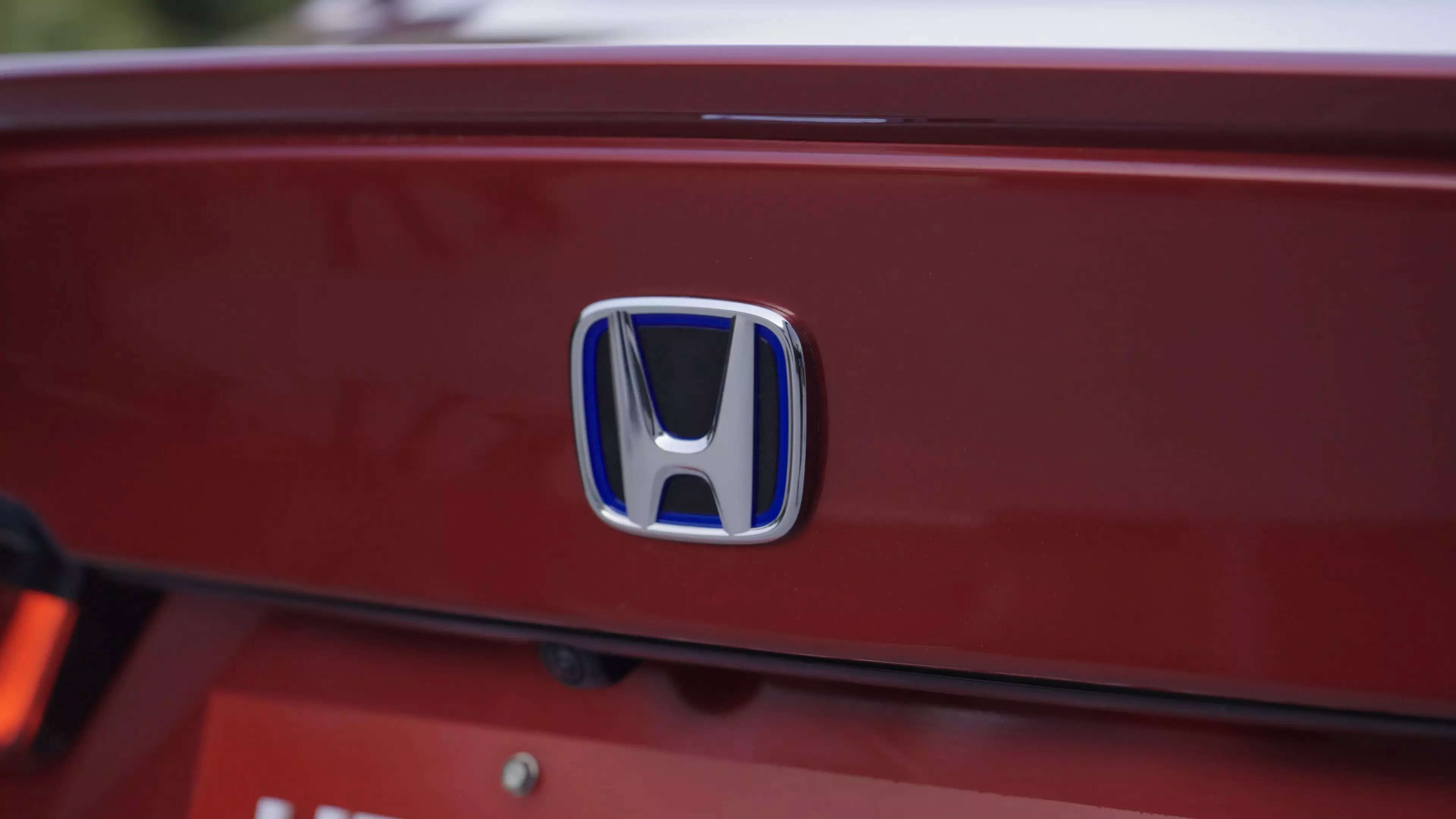
Considering the City is such a bestseller and omnipresent on our roads, the hybrid version on its own does not turn heads–hardly anybody noticed it while we were driving it. We think that is a miss. If you are paying so much more to drive a hybrid then the world should know and unfortunately in this case, it wouldn’t. Even a signature color tone could have done the trick but Honda has stuck to the tried and tested red, white, grey, silver and brown. This one will not massage your vanity.
ICE + EV= Hybrid
Powering the car is a two-Motor e-CVT hybrid system that is linked to Honda’s 1.5-litre i-VTEC petrol engine, intelligent power unit (IPU) with advanced Lithium-ion Battery, and an engine linked direct coupling clutch. In simple terms, the engine mostly acts as a generator to charge the battery while its electricity that powers the wheels.
There are three driving modes on offer- EV, Hybrid and Engine Drive Mode, so while it is possible to drive the car as a pure EV, it can only be for a short duration and at low speeds. The lithium ion battery itself is a puny 0.734 KWh, which is too small to power the car on its own for any significant duration. Even pure electric two wheelers have bigger batteries. Only at high speeds of 80-120 kph in the engine drive mode is power directly delivered from the engine with the motor and battery in supporting act.
As is the norm, it gets regeneration mode that captures some of the energy that is lost while decelerating or braking to power the battery. In all, the car has a combined maximum power of 126 PS, a mere 5 PS more than regular City but the real impact is on torque which at 253 NM is over 100 NM more. As a result, while it doesnt have the manic instant acceleration of a pure electric car, it does have a boost of torque at the very start–the car is in pure EV mode automatically then. On the open highway too, it shows its effect as it is more eager at 120 kph speeds than regular sedans (including Europeans). The ride quality of the car is very plush and the disc brakes on all wheels give it the bite that is necessary for the occasional adventure.
All of this without compromising on fuel economy. The ARAI rated figure is 26.5 kpl. We got around 18.5 kpl on the inclines of Nandi Hills near Bangalore so while matching the ARAI figure would be a task, it should be fairly easy to get over 20 kpl on a regular basis. Not a bad thing considering petrol acts so pricey these days.
Features : win some, lose some
By Honda standards, the e:HEV comes well loaded. The look and feel of the cabin is largely similar to the regular City–nothing to complain, City has a decent set up, it gets a refreshing two-tone Ivory & Black colour theme along with 17.7 cm high definition full colour TFT meter displays multi-information including power flow meters. For infotainment, there is a large 20.3 cm touchscreen display with Apple CarPlay and Android Auto connectivity. There is also enough safety equipment–6 airbags, tyre pressure monitoring system, vehicle stability and agile handling assists.
The seats are well cushioned and at the rear there is generous leg and knee room. A fifth passenger will also not feel unduly compromised for space. With the lithium ion battery pack ensconced underneath the rear seat boot space is a bit compromised but considering City had a cavernous 506 litre, the loss of 200 litres from that is not a deal breaker. There are a few features though that are missing like ventilated front seats or wireless smartphone charger.
To make up for that, there is advanced driver assistance system Honda Sense that utilizes a 160 degree wide angle front camera to detect road conditions for driver alerts. The collision mitigation braking system (CMBS) will also intervene to prevent an accident but as Honda repeatedly stressed it is only supportive in nature and one cannot depend on it. It does not use radars though unlike XUV7OO or the MGs so in smoggy, misty or smoky conditions, it will not be very active. A camera is almost as good as the naked eye. To that extent, it is a halfway house–not really futuristic but it gives a sense of what is to come.
Value for money : the sore point
Now to the moot part on whether you should look at the e:HEV or any hybrid for that matter. Is it fuel efficient enough? It would definitely give you more bang for your buck compared to the regular City. An economy of 20 kpl plus within the city is almost a given while on the highway, it will vary depending on how enthusiastic a driver you are. With a carbon footprint of just 89.5 gm per kilometer, it also gives you bragging rights. The regular City automatic emits nearly 139 gm/km. Only three cars have a lower footprint–Alto, S Presso and Wagon R, and these are all CNG variants. To that end, City hybrid is peerless.
At Rs 19.5 lakh ex showroom, it does not however, come cheap. In fact, it commands a premium of nearly Rs 4.5 lakh over the top of the line petrol powered automatic variant of the regular City. From an economic standpoint, for somebody driving 15,000 kilometers every year, it will take a decade to break even.
As much as Honda’s lack of aggression in pricing, the deal breaker here is the taxation policy that does not reward a hybrid for the lower emissions. The City hybrid attracts a steep GST rate of 45 percent (with the cess) which does not help its case. With more hybrids to come, there may be a case for the government to look at that but in the absence of any relief, for all that it offers the e:HEV is an expensive proposition.
Also Read:



